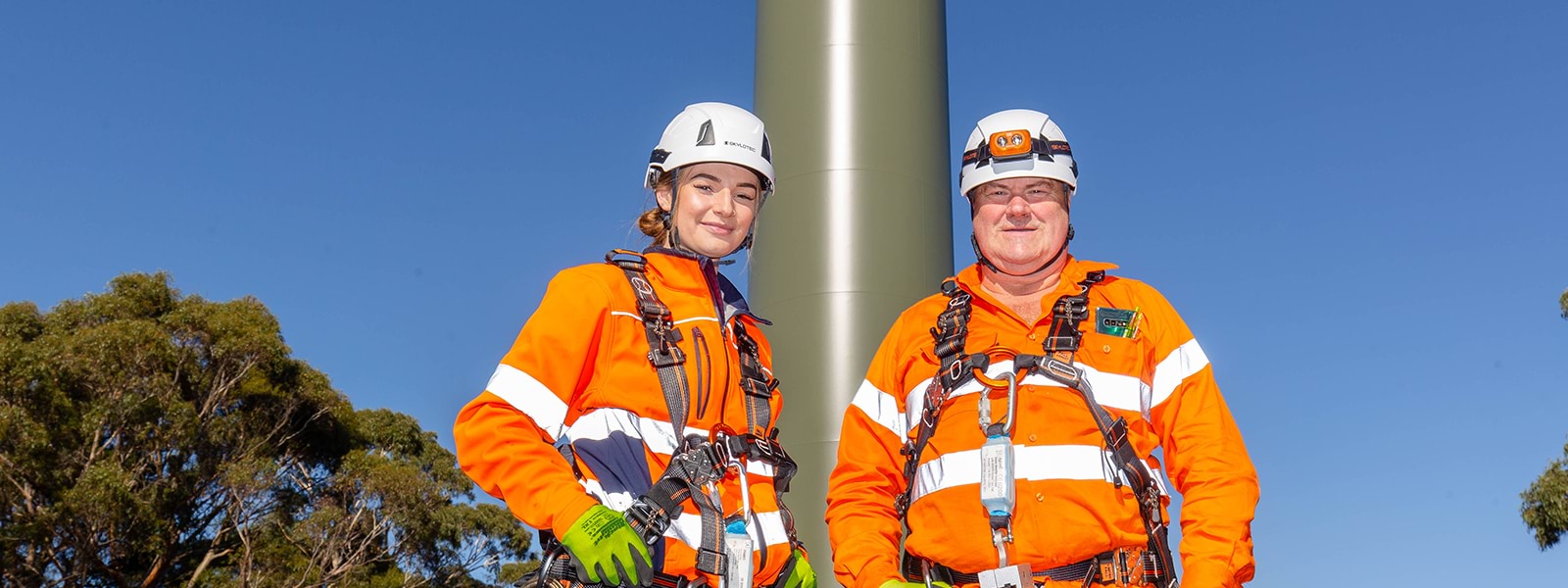The pandemic has made people reassess what really matters to them – family, where to live, what to do for work. Many are considering a different career path, either through choice or circumstance.
Across the world – Victoria was no exception – the pandemic affected the availability of workers and demonstrated just how rapidly technology can change work practices.
It also put pressure on health care employment and disproportionately affected women, who typically occupy more casual and at-risk roles than men and carry caring responsibilities within families. To assist, the Victorian Government introduced the Sick Pay Guarantee focused on the industries with high rates of casual and contract workers without access to sick pay, whose work hours are often unpredictable and low paid, and where vulnerable groups are overrepresented, such as people from culturally and linguistically diverse backgrounds, women and young people.
To be able to take advantage of the broader opportunities in the Victorian economy, new entrants and existing workers need information on where the future jobs are likely to be and the range of education and training pathways to them, including vocational, higher education and other formal and informal options.
Occupations are in demand across all Victorian industries, stimulated by strong consumer demand, major government investment and transition to clean energy.
Structural and ongoing changes to the nature of work have resulted in an increased need for highly skilled workers. Victoria’s labour market is currently experiencing a high-level mismatch, with employers citing a lack of skills as a reason for recruitment difficulties. Increased opportunities for upskilling and reskilling of the workforce will therefore be required.
The education and training sector is not immune to workforce pressures with shortages of teachers and trainers being experienced to varying degrees across Victoria. This issue spans teachers in traditional trades and cutting-edge technologies.
There are both labour and skills shortages across sections of the economy. Regional areas are feeling these workforce challenges most acutely.
And these labour and skills shortages are expected to continue to be compounded by COVID-19. Health experts predict the virus will be part of everyday life for some time, including higher than normal absenteeism.
But challenges bring opportunity.
Victoria can pivot into new areas of competitive advantage. Medical research, international education and agrifood are just a few opportunities providing potential for global leadership.
Concurrently, industry is changing. The sectors that provided the jobs of the past, will not be the sectors that drive the jobs of the future. And the move towards zero emissions is impacting all aspects of the global economy.
Victoria’s skills system stands at the forefront of growing the available talent pool of workers. This ranges from supporting the development of the basic building blocks of employment (foundation skills covering literacy, numeracy, digital and general employability skills) and training, upskilling and reskilling workers so they are ready to adapt and take up new and changing employment opportunities.
Updated
